- info@naturebylennart.com
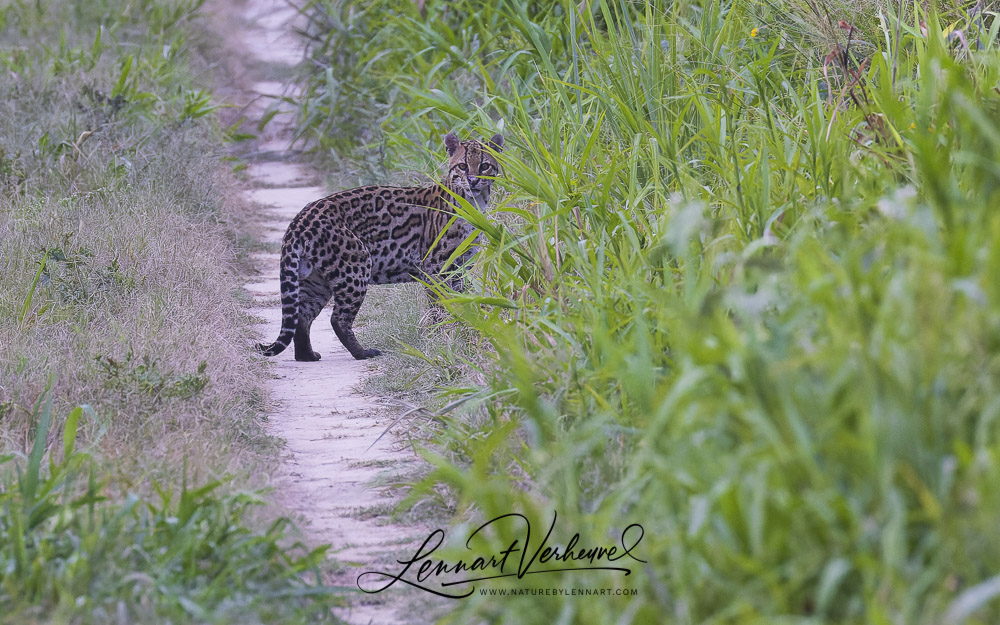
Murphy’s law in short is that everything that can go wrong, will go wrong. If one thing goes wrong, the next thing will go wrong as well. For example when you’re in de supermarket and you happen to pick just that line that moves the slowest, when you try to pay you find out your bank account has been emptied and your car is being towed when you exit the supermarket. Then you’re not having your best day. It can also happen the other way around: a day that starts well only gets better. When you are looking for nice animals you might just be familiar with Murphy’s law. There are those days when you don’t manage to find anything good and then it quickly feels like Murphy has got it in for you. Luckily there are also days, scarce ones though (!), on which everything seems to go well. Those days make up for a lot that earlier went wrong.
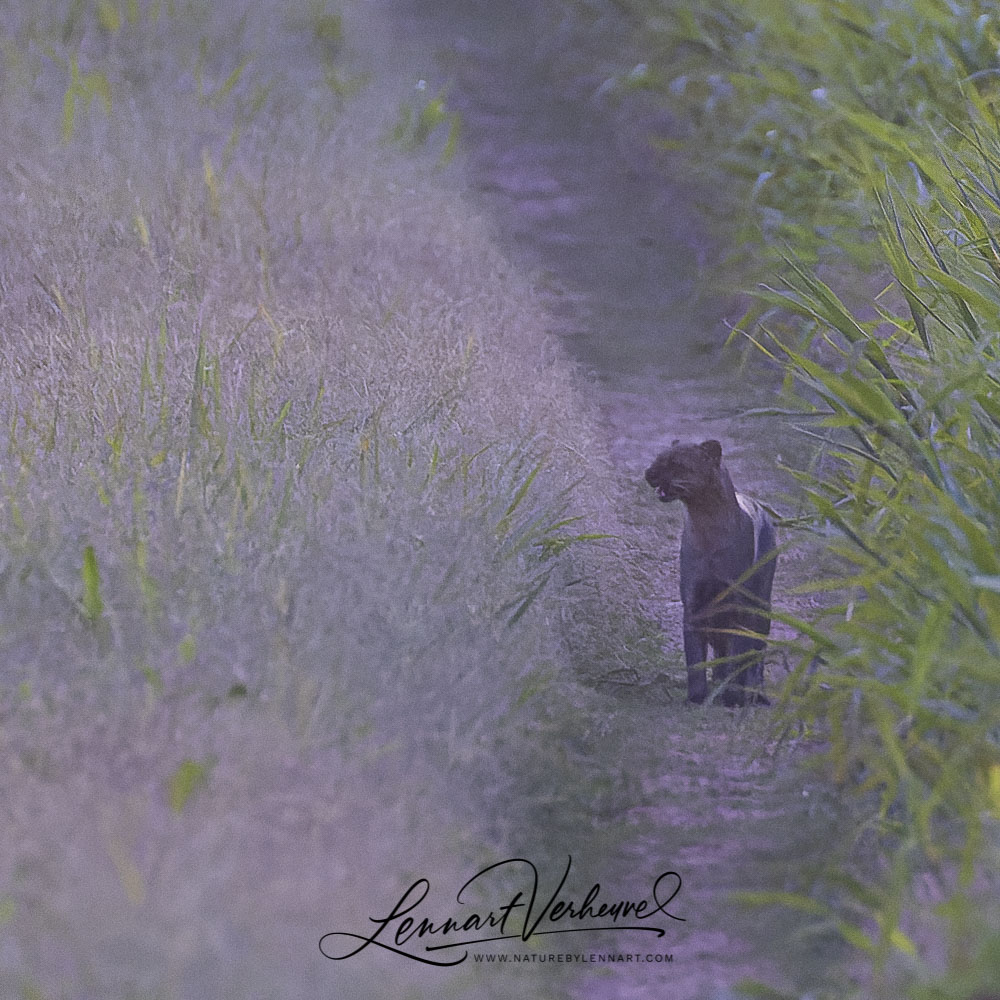
If there is one cat that doesn’t appear to be a cat at first glance it’s the jaguarundi. Because of the longish head with elongated body and short legs this cat appears more like a mustelid than a cat. Still it really is a cat and, if you manage to find a flattering picture of it, a pretty cute one too! This cat is quite widespread in Latin-America but it is nowhere easy to see. Some areas offer higher chances than others, but seeing a jaguarundi is often a chance encounter and most of the time they are just seen crossing the road in front of the car.
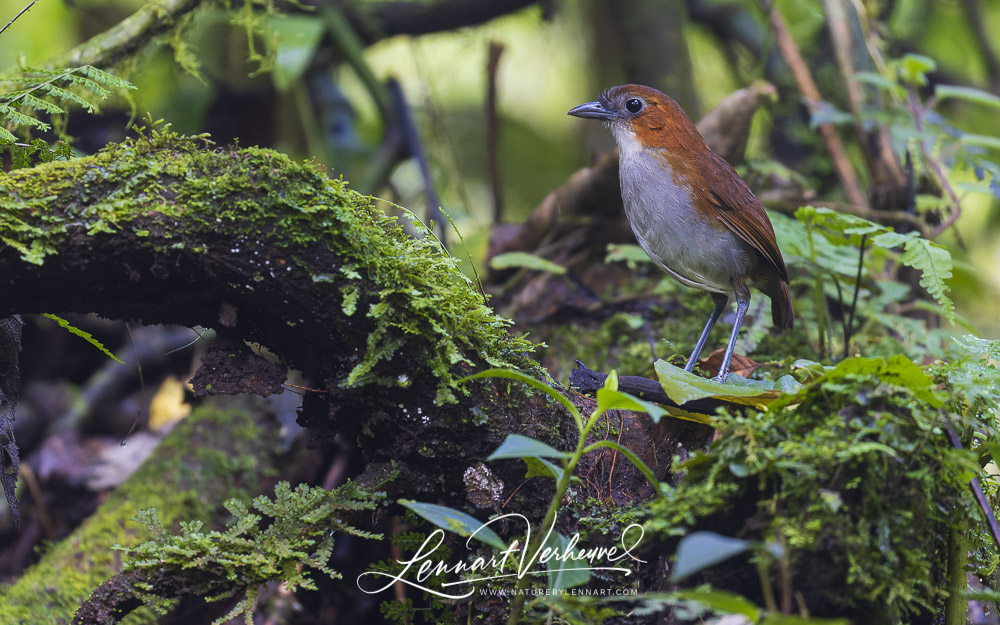
Antpittas are often described in field guides as a ‘plump ball on sticks’ which is an accurate description. Antpittas have in common that they are indeed like little featherballs on two legs that can sit very still. As a result, antpittas are also difficult to find and it is quite an achievement if you as a birdwatcher manage to pull one out of the forest. Some antpittas are known for not being so difficult to find, but some are so reclusive that they have never even been photographed in the wild. The frustrating thing can be that many antpittas often do make themselves heard. Just so you know they are there, but you don’t get to see them! However it is well worth the effort to try to find them because despite their similar form they can have very different plumages with beautiful patterns and colours. During my trip to Ecuador in 2021 I became acquainted with this species group.
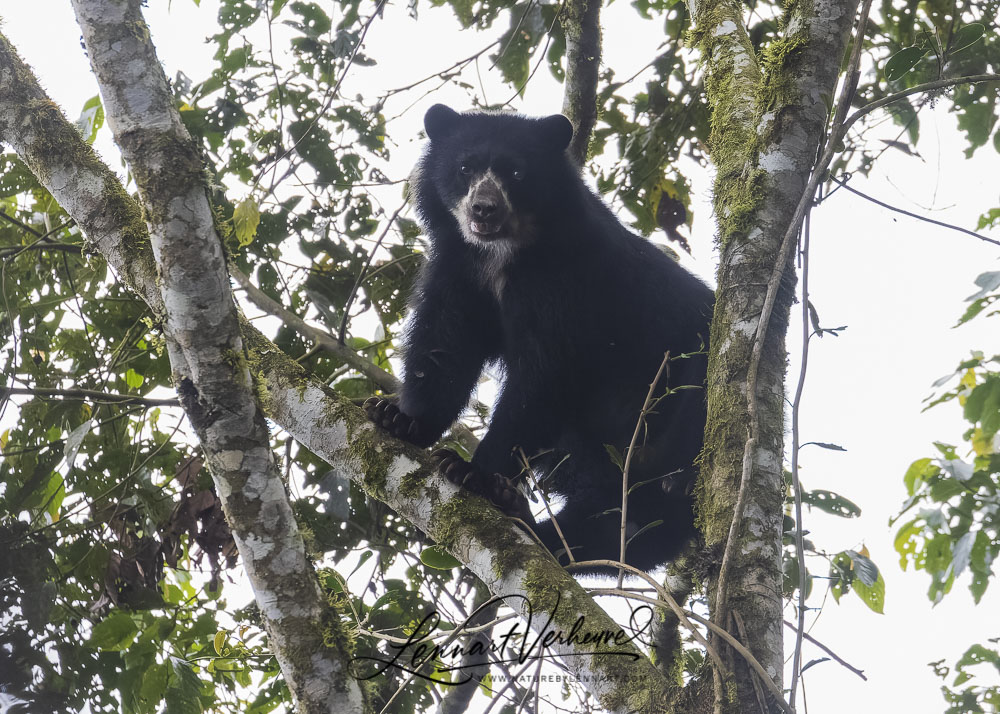
Twitching is a verb known in the birder community which means going out to see a specific rare bird that someone else has found. For a while Covid made twitching pretty much my only way to see a new bird species. Since 2019 I had not left Europa thanks to the pandemic. Finally in October of 2021 I could set out again! Sadly I had to cancel a planned trip to Asia because the country I was supposed to go to remained closed due to covid. So a month before I was supposed to go, I decided to change my destination to Ecuador and Bolivia. Ecuador because it’s a good country to see Spectacled Bear and Bolivia to add three much desired cats to my list: Jaguar, Jaguarundi and Ocelot. First I went to Ecuador for two weeks.
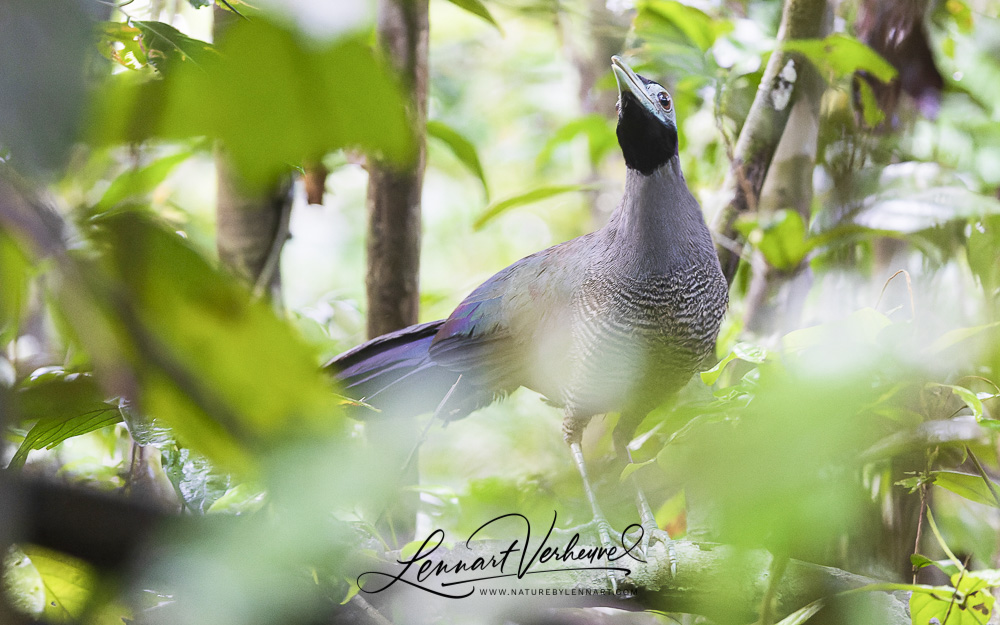
My time in Borneo, like many of my trips, was focused on seeing certain cats. Of course I don’t ignore birds on such a trip, but I try to see as many as possible. It had already been an excellent trip since I saw the special endemic Bristlehead, but I was also successful in seeing all hornbills, definitely one of my favourite birdfamilies on the planet. Now I am at the Kinabatang river and the goal is to get a Bornean Ground Cuckoo. This is an extremely elusive bird of the rainforest that you don’t get to hear that often and see it even less. So a real challenge!
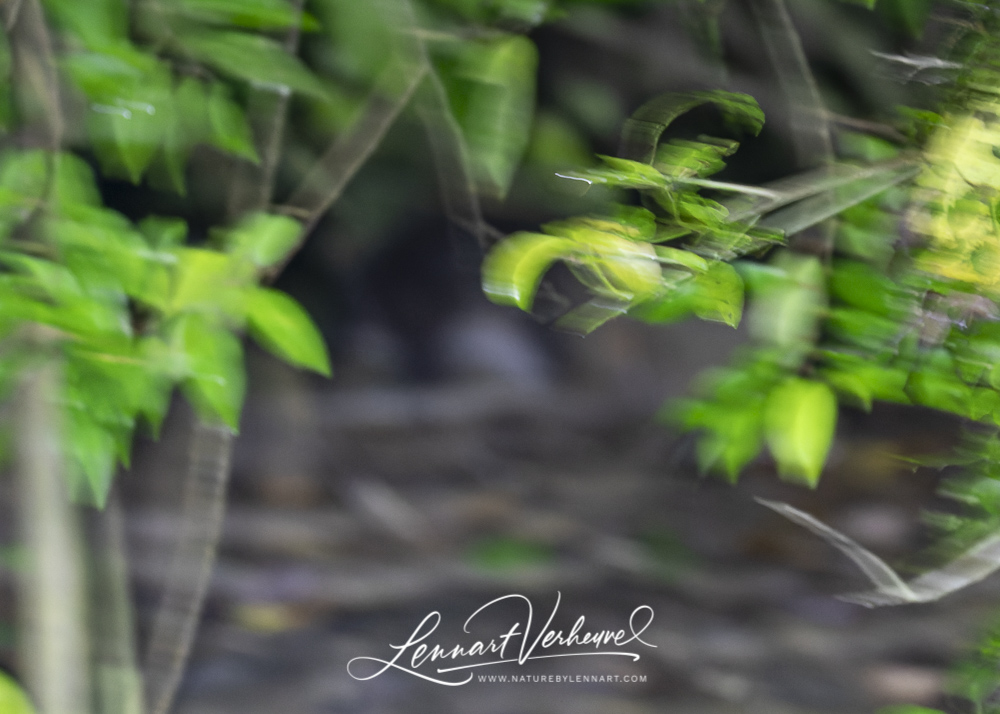
Three days I had planned at the Kinabatanganriver. My target here was to see Proboscis Monkeys and I also hopefully have a better look at Orangutans. Apart from that I will be going out with a guide to try to specifically try to see the Bornean Ground-Cuckoo. I also have another target in mind: Flat-headed Cat! This cat gets seen near this river, however usually for that to happen the water level has to be low and that’s not the case right now. For my first two nights here I did my best to find it, but for my last night I am not really hoping for anything anymore.
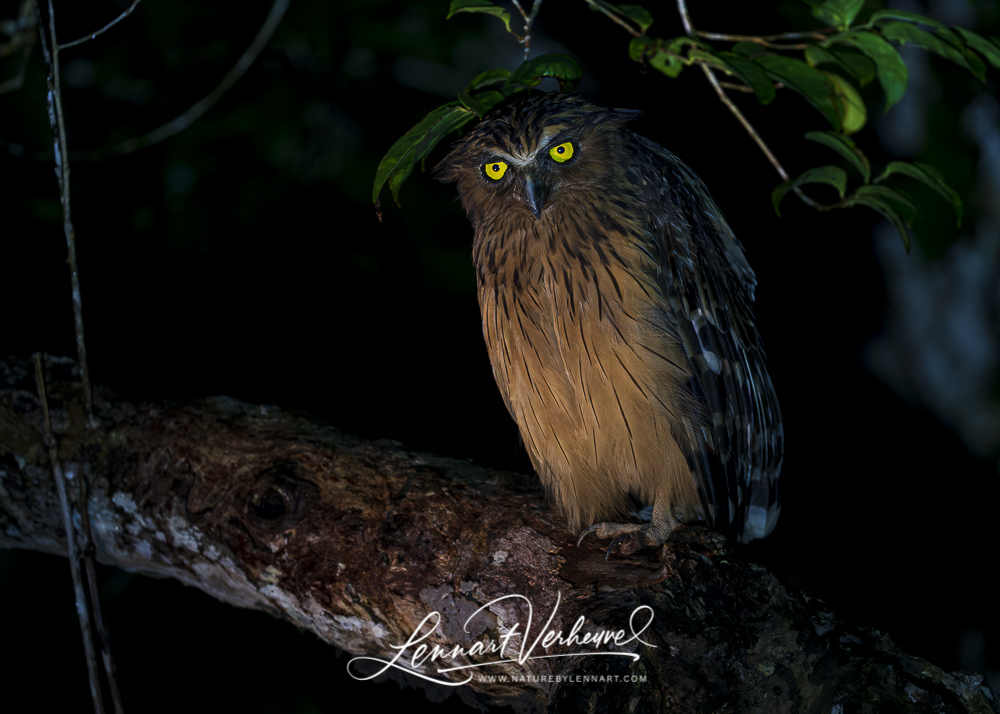
If you go looking for mammals at night, there are certain birds that you can also encounter: owls! Owls are never very easy to see, but if you put in a lot of hours, something always works out. I managed to capture five species really nice. Of the sixth: a Northern Boobook I didn’t get a good picture. Fortunately, we succeeded in seeing the most impressive species: a Barred Eagle Owl!
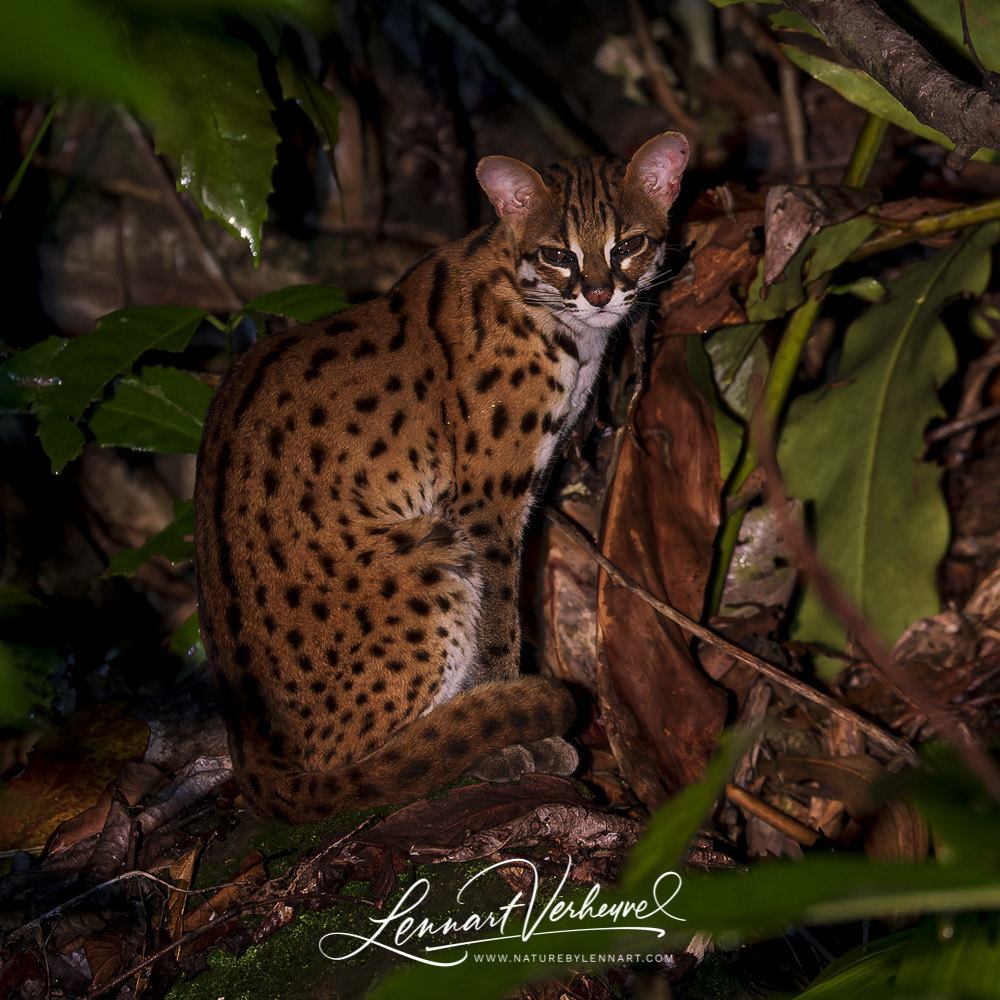
The Sunda Leopard Cat has recently been split by the IUCN Cat Specialist Group from Mainland Leopard Cat. This cat does not occur on mainland Asia and was a cat I expected to see in Borneo. As they were reported a lot in trip reports I expected to be successful for this cat and I was not disappointed. I saw my first in Danum Valley, but that went a bit fast. Luckily in Deramakot there were many good sightings.
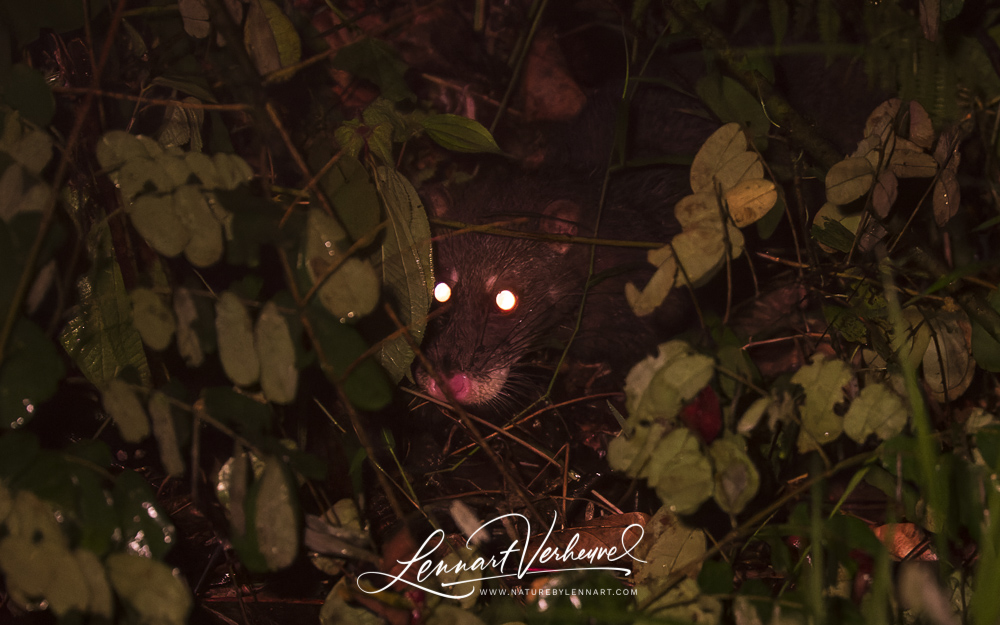
Civets belong to a group of mammals that I hadn’t seen before. They are sometimes called civetcat, but personally I don’t really see a cat in them. They are also known for the special coffee which is made by giving a civet a certain coffee berry to eat. The pit that can be found at some point a while later in the civets poo apparently makes very tasty coffee… On Borneo a total of eight species occur and during my Borneo trip in October 2019 these animals were mostly a ‘bycatch’ for me while I was looking for cats. Since they are pretty cool mammals and I did manage to see five of the eight species: hereby a civet special!
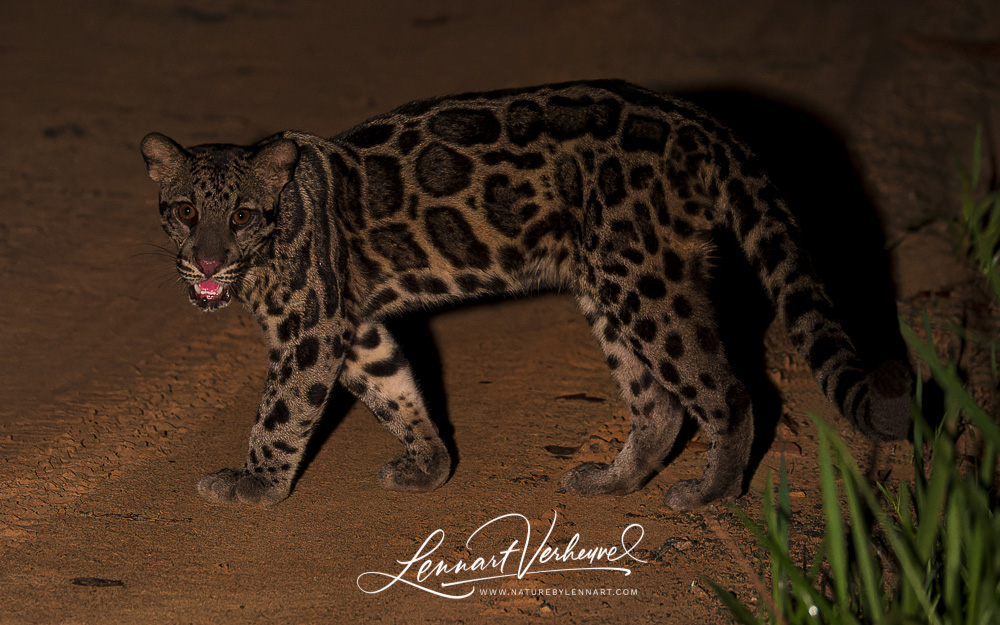
“Shall we drink some coffee?” “No, let’s wait a bit longer”. There are those little things that cause you to be in a certain place at a certain time. A short stop because it rains and you want to put on some raingear, waiting for a second to check out some eyeshine just in case it’s something more exciting than a flying squirrel and indeed waiting a bit longer to take some coffee. All those things can be the difference between only just missing out on a species and having a spectacular sighting.
Copyright of articles and pictures on naturebylennart.com remains with Lennart Verheuvel and without permission they can not be used in any way
